|
Semi-colons are disliked by some, misused by others, and avoided by many. If you want to keep them out of your writing, that’s fine. In this article, I show you how they work conventionally. That way, you can omit them because that’s your preference, not because you daren’t include them!
What is a semi-colon?
It’s one of these: ;3 ways to use a semi-colon There are 3 situations in which you’re likely to use a semi-colon in fiction:
Here, I focus on parallelism and clarity, but sentence pacing comes into play too – a useful addition to any fiction writer’s toolbox. A little bit of grammar Above, I mentioned independent clauses. An independent clause is a group of words that contains a subject and a predicate. In case you don’t know what they are – and many writers know how to write extremely well without knowing grammar terminology so there’s no shame in that – here’s an overview. Subject A subject is the thing in a sentence that’s doing something or being something. In the examples below, the subject is in bold.
If you’re not sure what the subject of your sentence is, try this trick: change the subject into a question that you can answer yes/no to, as in the examples below.
Predicate
A predicate is the part of a sentence that contains a verb and that tells us something about what the subject’s doing or what they are. In the examples below, the predicate is in bold.
If you’re not sure what the predicate is in a sentence that’s a question, turn it into a statement, as in the example below. The result might be clunky but it’ll show you what’s what. The subject is in bold and the predicate in italic.
Independent clauses
Quick recap: an independent clause is a group of words that contains a subject and a predicate. The subject is in bold, the predicate is in italic, and the full independent clause is in red.
Parallelism and the semi-colon Take a look at these two independent clauses.
The second sentence is related to the first because the gravel that’s digging into the agent’s elbows is what she experiences after falling to the ground. We can therefore use a semi-colon to indicate this relationship, if we wish.
Note that the first word of the clause after the semi-colon does not take an initial capital letter. Could we use a colon? A colon is non-standard because colons introduce additional/qualifying information about the first clause, not new information. Think of the information they introduce as subordinate, if it helps. I recommend avoiding colons to join parts of a sentence that are equally weighted.
Could we use a comma?
A comma is non-standard when joining two independent clauses. Sentences using commas in this way are said to contain comma splices. I recommend avoiding this usage.
Clarity and the semi-colon
Heavily punctuated sentences can be confusing and clunky. For the reader, it can mean limping through your prose rather than moving at a pace dictated by narrative intent. Take a look at this example from Mick Herron’s Dead Lions, p. 88. There are two semi-colons in the original version, but for this example I’m focusing only on the first (see the section in bold).
1. Amended with en dash
He was bald, or mostly bald – a crop of white stubble gilded his ears – and gave off an air of pent-up energy, of emotions kept in check – the same sense Lamb had had watching the video of him, shot eighteen years ago, through a two-way mirror in one of Regent’s Park’s luxury suites. Joke. These were underground, and were where the Service’s more serious debriefings took place; those which it might later prove politic to deny had happened. 2. Amended with comma He was bald, or mostly bald – a crop of white stubble gilded his ears – and gave off an air of pent-up energy, of emotions kept in check, the same sense Lamb had had watching the video of him, shot eighteen years ago, through a two-way mirror in one of Regent’s Park’s luxury suites. Joke. These were underground, and were where the Service’s more serious debriefings took place; those which it might later prove politic to deny had happened. The en dash in the first alternative version looks awkward because we already have two parenthetical en dashes in play. What happens if we introduce a comma instead? The sentence is already comma-heavy. All we’ve done is bring in yet another to muddy the waters. The semi-colon works best. It effectively links the clauses it connects, but in a way that subdivides the sentence clearly. However, pacing comes into place here too. There’s more on pacing below but, for now, compare the original and the version amended with a comma. The creepy voyeurism is starker when set off by the semi-colon. More on pacing and the semi-colon The semi-colon is harder than the comma. It lengthens the pause or increases the distance between two clauses that could have been linked with a comma, making them both stand out. The semi-colon is softer than the full point. It shortens the pause or reduces the distance between two clauses that could have been linked with a full point, indicating a stronger, more intimate relationship. Back to Herron for a closer look at the second semi-colon (see the section in bold) and some alternatives we could try:
Original
He was bald, or mostly bald – a crop of white stubble gilded his ears – and gave off an air of pent-up energy, of emotions kept in check; the same sense Lamb had had watching the video of him, shot eighteen years ago, through a two-way mirror in one of Regent’s Park’s luxury suites. Joke. These were underground, and were where the Service’s more serious debriefings took place; those which it might later prove politic to deny had happened.
1. Amended with comma
He was bald, or mostly bald – a crop of white stubble gilded his ears – and gave off an air of pent-up energy, of emotions kept in check; the same sense Lamb had had watching the video of him, shot eighteen years ago, through a two-way mirror in one of Regent’s Park’s luxury suites. Joke. These were underground, and were where the Service’s more serious debriefings took place, those which it might later prove politic to deny had happened. In the original, the semi-colon acts as a super-comma, subdividing the whole sentence into two more readable chunks. However, more marked is the impact on the pace. The semi-colon forces us to slow down. That’s important because the clause that comes after it is about the denial of interrogations. The semi-colon makes us pause a little longer, which makes the sinister information that follows stand out. Semi-colons and dialogue Some authors resist the use of semi-colons in dialogue, usually on the grounds that the reader can’t hear the punctuation. Does that mean you shouldn’t use them? A novel’s dialogue isn’t real-life speech; it’s a representation of it. Speech, like narrative, has rhythm. The writer’s job is to create speech that’s clear and well paced. If a semi-colon helps you to do that, why wouldn’t you use it? Here’s a great example from David Rosenfelt’s New Tricks, p. 316:
Both versions work but Rosenfelt elects to use a semi-colon because he wants to show the relationship between the two independent clauses. A full point would pull the clauses a little further apart and reduce the intimacy between them. Should you use semi-colons in your fiction? Some authors prefer to omit semi-colons for a variety of reasons: they're deemed pretentious, confusing, interruptive or ugly. But I’m not sure we should judge them so harshly:
Further reading and cited works
Louise Harnby is a line editor, copyeditor and proofreader who specializes in working with crime, mystery, suspense and thriller writers.
She is an Advanced Professional Member of the Chartered Institute of Editing and Proofreading (CIEP), a member of ACES, a Partner Member of The Alliance of Independent Authors (ALLi), and co-hosts The Editing Podcast. Visit her business website at Louise Harnby | Fiction Editor & Proofreader, say hello on Twitter at @LouiseHarnby, connect via Facebook and LinkedIn, and check out her books and courses.
9 Comments
21/6/2019 03:24:09 pm
I'm not too keen on them, myself. In at least one of the sentences above it could be replaced with 'and'. 'The FBI agent fell to the ground and the gravel dug into her elbows.'
Reply
Lindsey Russell
26/6/2019 12:47:12 am
Hope Louise doesn't mind me stepping in here but en and em dashes are used differently in the UK to the US (where the spacing around them is also different).
Reply
Louise Harnby
26/6/2019 12:57:59 pm
That's the convention, Lindsey, though not a rule. CMOS prefers unspaced ems but I have worked for US authors who for aesthetic reasons, and with an international audience in mind, chose spaced ens. I've even had some publisher clients request spaced ems because they felt the text looked better that way. But, yes, in the main, I'd agree with you!
Louise Harnby
26/6/2019 12:54:43 pm
Hi, Vivienne. I edit for a lot of US clients and most prefer unspaced parenthetical em dashes instead of spaced en dashes (though not all), but I don't always include examples of each way of doing it for every post because I don't want to clutter the learning.
Reply
Louise Harnby
17/7/2019 06:05:21 pm
I've created a blog post about dashes, Vivienne. I'm not publishing it until later this year but if you email me I'll send you a draft version now.
Reply
Lindsey Russell
21/6/2019 03:24:51 pm
Ugh! Hate the little blighters - mainly because I'm never quite sure what to do with them other than in a list. But also I'm guilty of being one of those who think they look ugly in fiction. WIP 90,000 words - number of ; 7. I prefer en dashes - though I probably overuse and misuse them.
Reply
Louise Harnby
21/6/2019 03:33:42 pm
Thanks, Lindsey!
Reply
I'm having a semi-colon revival in my writing. I never used to use them because for some reason they were omitted from the 1980s school curriculum in Australia. Actually, I think all but the most basic grammar and punctuation was omitted. I didn't realise there was much more than 'doing words' and 'things' until an archaeology professor at university shouted at me, 'Always keep your subject with your verb'. So I taught myself all the things I wasn't taught about punctuation and grammar. And I untaught myself some of the things I had been taught. Now I love semi-colons ;-).
Reply
Louise Harnby
22/6/2019 07:06:53 pm
Glad I'm not alone in my fandom, Kat!
Reply
Leave a Reply. |
BLOG ALERTSIf you'd like me to email you when a new blog post is available, sign up for blog alerts!
TESTIMONIALSDare Rogers'Louise uses her expertise to hone a story until it's razor sharp, while still allowing the author’s voice to remain dominant.'Jeff Carson'I wholeheartedly recommend her services ... Just don’t hire her when I need her.'J B Turner'Sincere thanks for a beautiful and elegant piece of work. First class.'Ayshe Gemedzhy'What makes her stand out and shine is her ability to immerse herself in your story.'Salt Publishing'A million thanks – your mark-up is perfect, as always.'CATEGORIES
All
ARCHIVES
July 2024
|
|
|
|


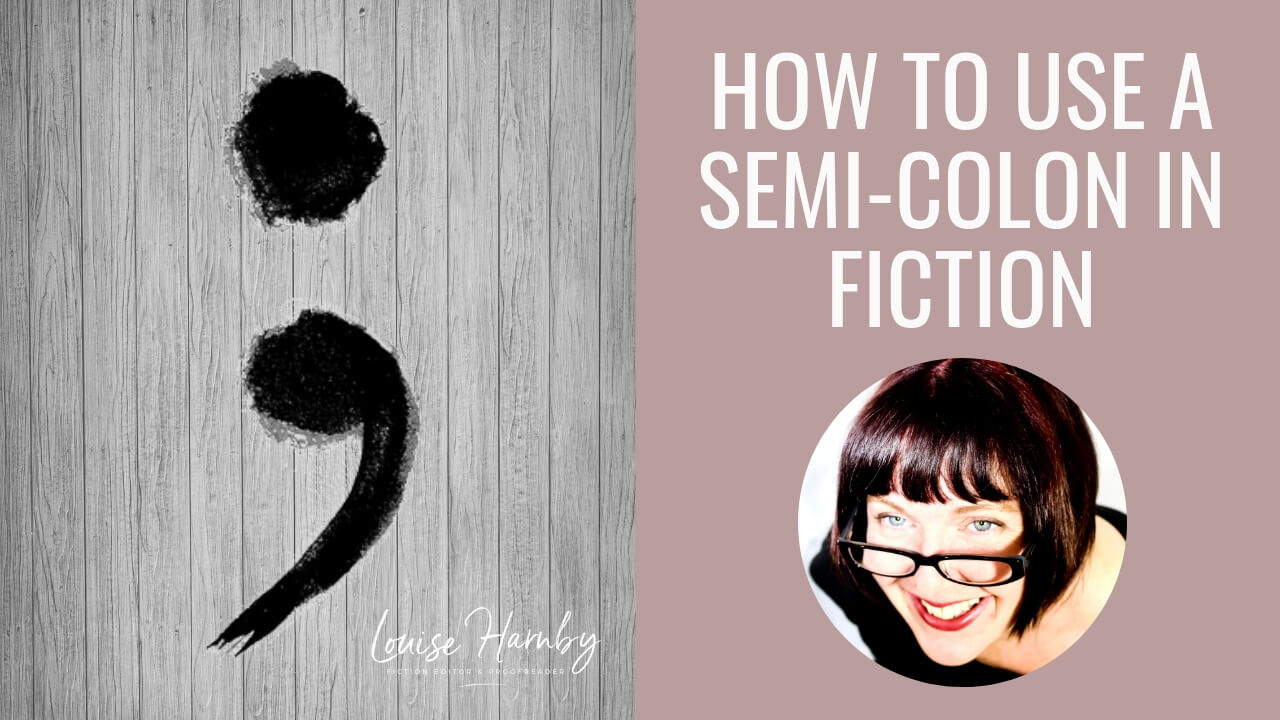

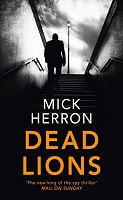
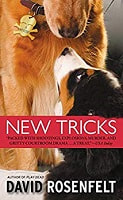
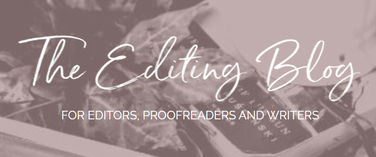


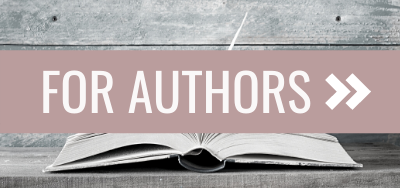
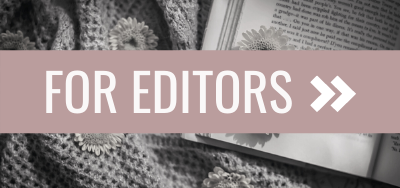
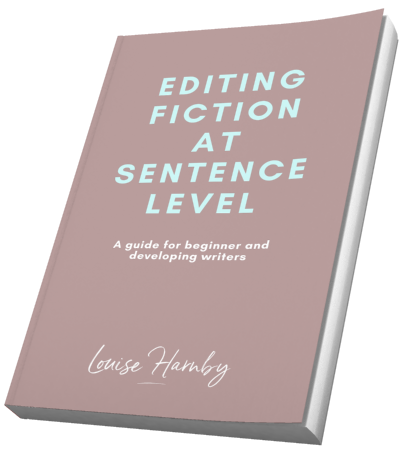
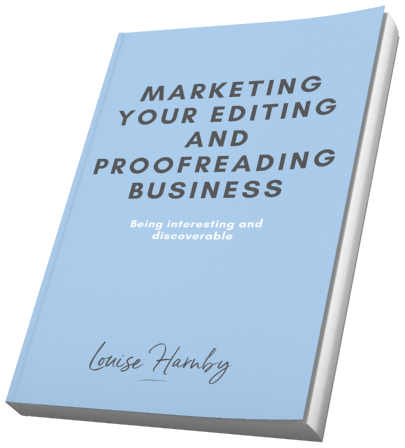
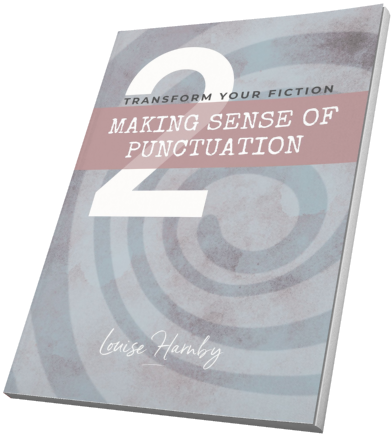
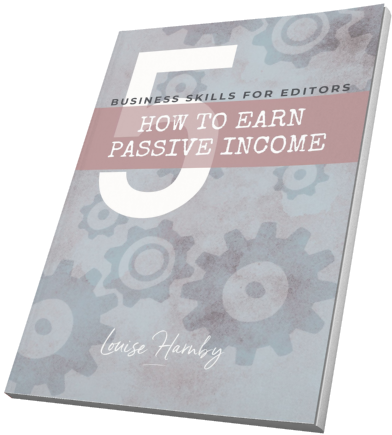
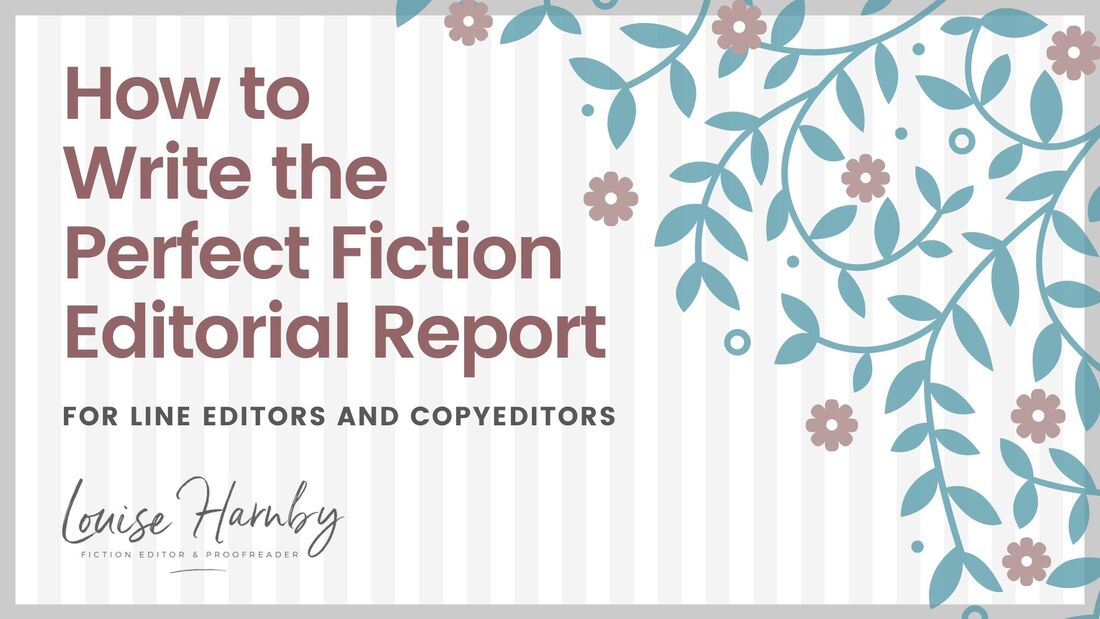
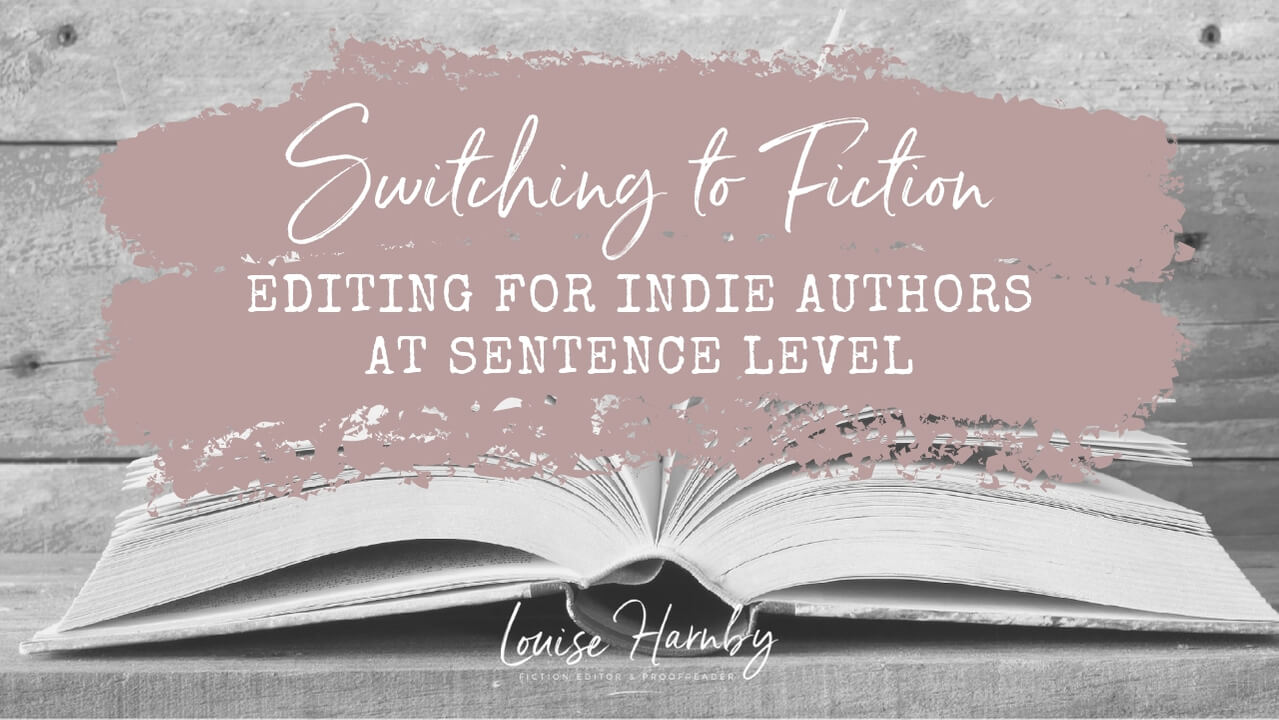
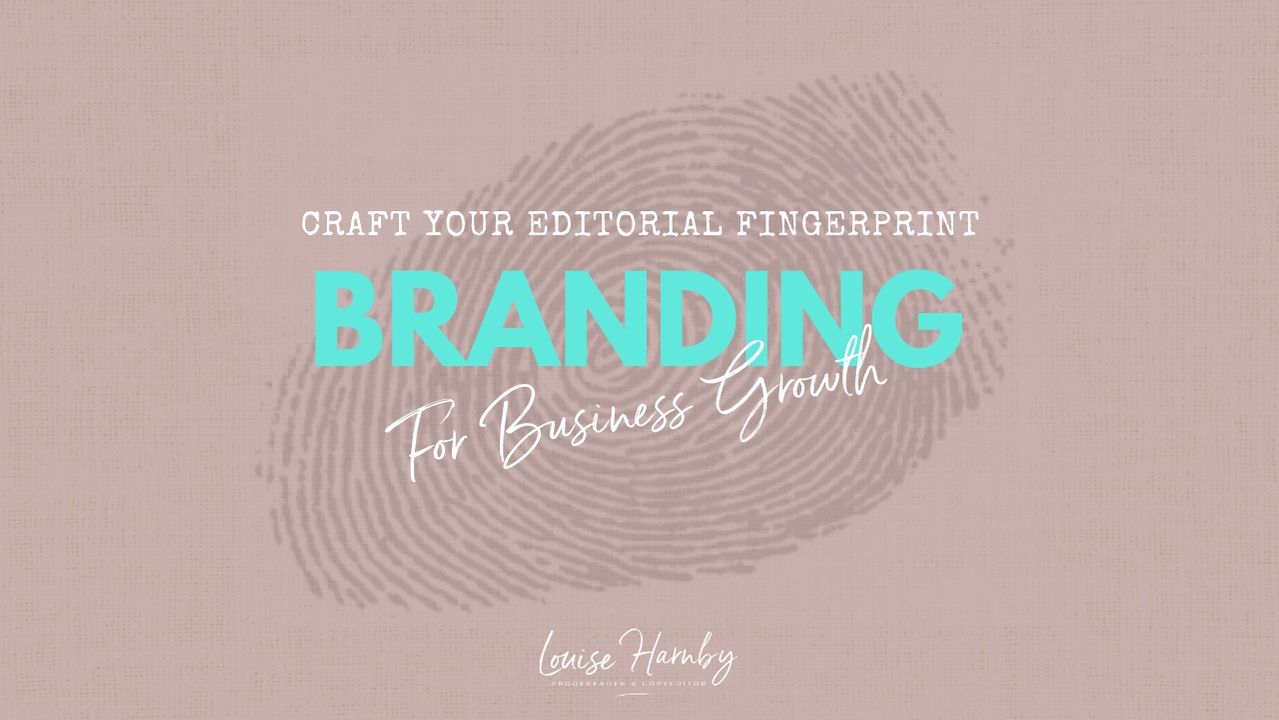
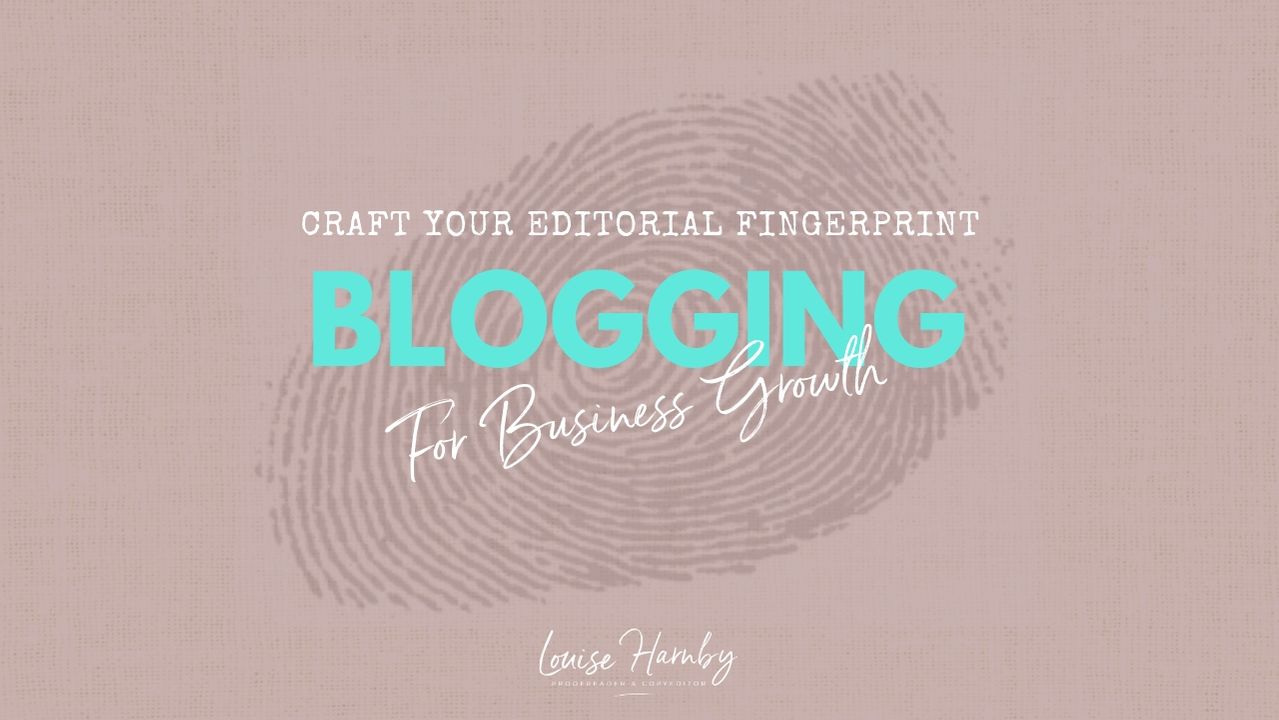
 RSS Feed
RSS Feed





